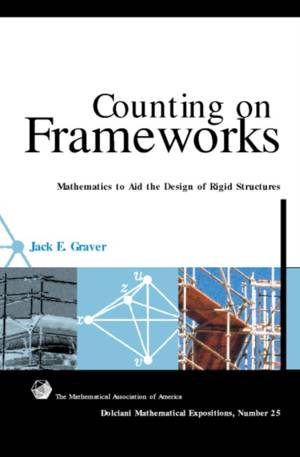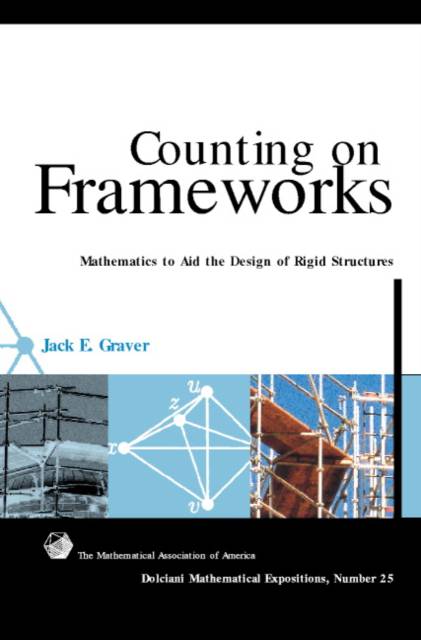
- Afhalen na 1 uur in een winkel met voorraad
- Gratis thuislevering in België vanaf € 30
- Ruim aanbod met 7 miljoen producten
- Afhalen na 1 uur in een winkel met voorraad
- Gratis thuislevering in België vanaf € 30
- Ruim aanbod met 7 miljoen producten
Zoeken
€ 50,45
+ 100 punten
Omschrijving
Consider a scaffolding that is constructed by bolting together rods and beams. The ultimate question is whether the structure is strong enough to support the workers and their equipment. This is the problem that motivates the area of mathematics known as rigidity theory. The purpose of this book is to develop a mathematical model for the rigidity of structures. In fact the author develops three distinct models in which the structure under consideration is modelled as a framework. These models are the degrees of freedom model and two models based on quadratic equations and linear equations respectively. The author shows that all three of these models agree except for a very small class of specially constructed frameworks. This is a theory with significant practical applications and will be of interest to a wide range of people including those studying graph theory or mathematical modelling.
Specificaties
Betrokkenen
- Auteur(s):
- Uitgeverij:
Inhoud
- Aantal bladzijden:
- 192
- Taal:
- Engels
- Reeks:
- Reeksnummer:
- nr. 25
Eigenschappen
- Productcode (EAN):
- 9780883853313
- Verschijningsdatum:
- 6/09/2001
- Uitvoering:
- Paperback
- Formaat:
- Trade paperback (VS)
- Afmetingen:
- 152 mm x 228 mm
- Gewicht:
- 267 g

Alleen bij Standaard Boekhandel
+ 100 punten op je klantenkaart van Standaard Boekhandel
Beoordelingen
We publiceren alleen reviews die voldoen aan de voorwaarden voor reviews. Bekijk onze voorwaarden voor reviews.











